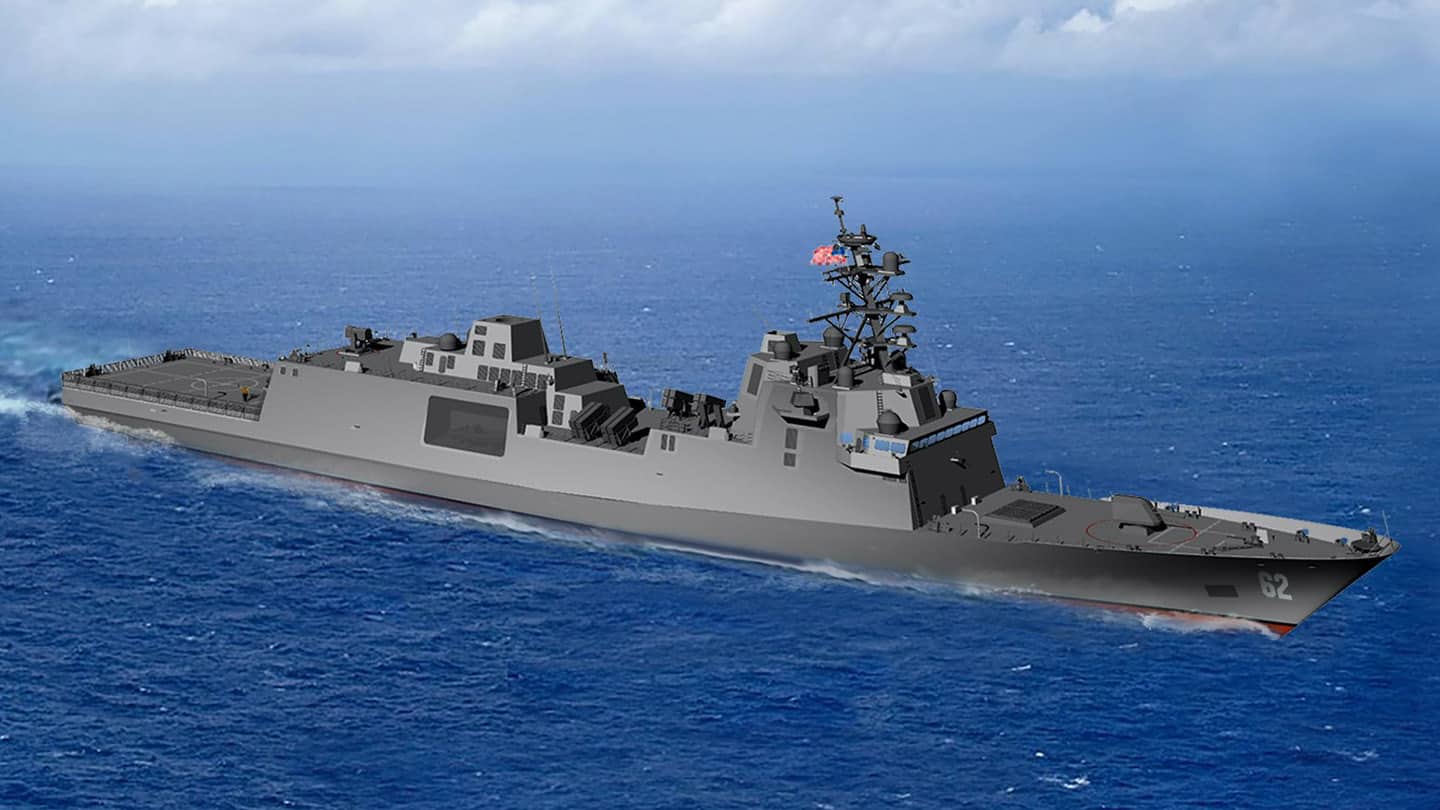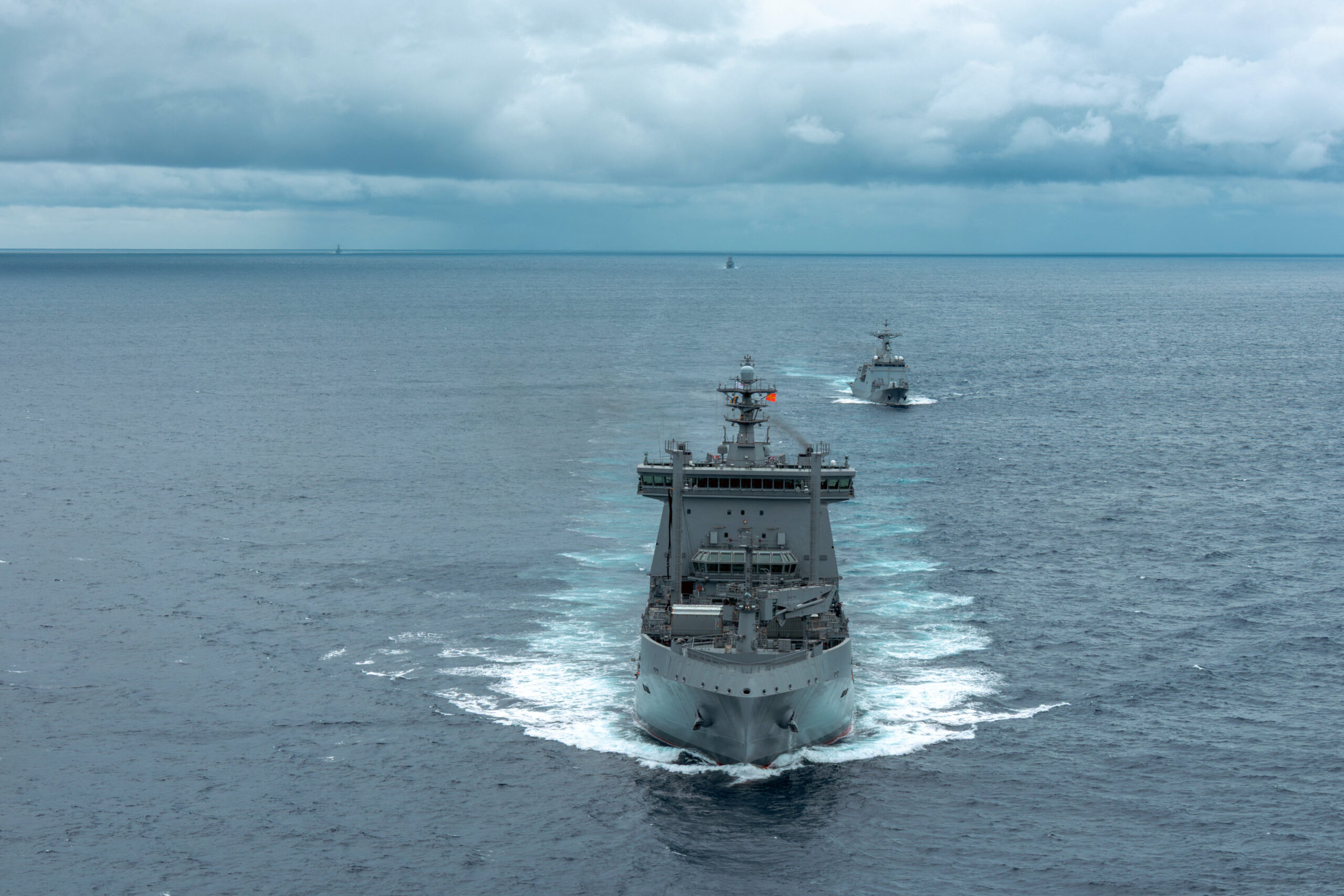(Bloomberg) —
The US Navy is boosting its deployment of artificial intelligence that automatically detect targets after successfully testing it on underwater drones, according to defense officials.
The effort from the Pentagon’s Defense Innovation Unit, a California-based office that aims to bring commercial technology into the military, has helped cut in half the time it takes to comb the ocean floor for underwater mines, said Alex Campbell, the unit’s Navy service lead.
The Navy is now introducing new production contracts to expand the use of the technology in undersea drones and explore how it can be used to identify enemy ships, planes and other threats, Campbell said.
The Navy has been testing machine learning algorithms that rely on sonar sensors to detect underwater shapes and navigate the ocean floor, according to Nick Ksiazek, a US Marines Corps major who works in DIU’s AI portfolio and is leading the project. The Navy launched the project with the DIU two years ago, Ksiazek said.
AI models loaded onto underwater drones have mostly replaced a time-consuming chore for sailors: parsing underwater drone footage to distinguish fish traps from explosives.
Images are sent to sailors who review them to clear commercial shipping zones or enemy waters. The AI tools have helped the Navy to use 10 fewer sailors on missions that have become two days shorter, Campbell said.
The Navy is also speeding up how quickly it can update the AI models, sending them to the drones remotely when the machines surface on the water, rather than having to remove them from the ocean altogether. Before, it would take six months to deploy such models. Now, they are down to less than one week, Ksiazek said.
Successful AI models often require rapid retraining to help adapt to new terrains. Identifying objects against a sandy ocean floor is different from identifying them against a rocky ocean floor or seabed strewn with debris, Ksiasek said. The underwater drones are already deployed in the Indo-Pacific region and have participated in exercises there, he added.
“The bottom of the ocean in the Red Sea looks different from the bottom of the ocean off Hawaii,” Campbell said. “Your AI has to adapt to a different ocean, and to constantly changing adversary tactics and adversary capabilities.”
The initiative highlights the Pentagon’s efforts to deliver hundreds of AI warfare projects as the US seeks a technological edge over China, which has put the technology at the heart of its approach to modern warfare.
DIU is working with technology firms Arize AI, Domino Data Lab, Fiddler AI, Latent AI and Weights & Baises on the project. DIU said that its contracts with the firms have a ceiling of $7.5 million.
© 2024 Bloomberg L.P.

 Join The Club
Join The Club










